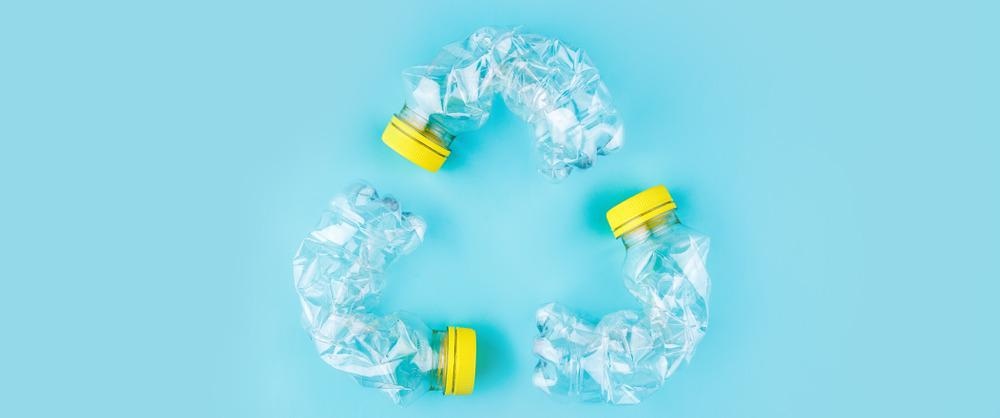With every household utilizing commodities such as that food, healthcare, entertainment, etc., producing waste is inevitable. However, what could be done to take care and minimize it ending up in landfills and contributing to pollution, health issues, and more is the age-old 3Rs Reduce, Reuse, and Recycle. According to household items and wastes, the process is often under the brackets of ‘upcycling waste.’ In simple words, upcycling is the conversion into products of better quality and environmental use.
It tries to answer some research questions, whether the wastes show the properties good enough to be used to manufacture new products. Suppose the properties are not conducive enough to be made into new products, whether or not other alternatives could be explored. A different view of the research also tries to reduce the amount of waste in the landfills by exploring different methods. It was done by characterizing the waste for different properties.
Table of Contents
Reusing Plastic Containers/Bottles
Plastic waste, i.e., any plastic commodities you have used up and makeup as waste in their current state, is the worst enemy one can have indoors. People often dispose of plastic bottles irresponsibly after use and thus harm the environment. With little creativity, plastic bottles can come to good use.
For instance, you can cut off the bottom halves of the plastic bottles and plant seedlings in them. You could paint on them and use them as home decor. Make fun crafts using them with your kids or simply reusing them as your daily essentials of portable drinking water and much more. These could be a great addition to your garden space, living room, office, shelves, etc.
Composting
When we buy fruits or vegetables, we often throw away the useless bits without realizing that they can be put to better use. A countertop composter is an easy way to stash your compostable food scraps for later use in your garden.
After all, you’re paying for the whole fruit or vegetable, so why not use the inedible parts? It could later be used as fertilizers for your garden soil or sold as organic fertilizers/compost to other parties. With so much use, don’t simply throw away the extra bits of your food.
Reuse Your Home Delivered Newspaper
If you’re one of those who get their newspaper delivered regularly, this recycling technique is the best fit for you. Instead of stocking up your old newspapers, you can use them as a packing paper to wrap up your fragile items or gifts.
You can also use a newspaper as a cleaning aid by mixing water and a splash of white vinegar to clean your window stains effortlessly. Newspapers could be a multi-utility item as well if put into use. Use it well, and you could end up serving a lot more avenues than you deemed the newspaper worthy of and, in the process, save up money.

Replace Single-Use Plastic Items
With the mention of plastic bottles above. There are many more similar kinds that contribute to the ill effect and adversities and are often less reusable. While single-use plastic items are common in our lives due to their affordability and quality, their frequent usage can also negatively impact the ecology surrounding us. For example, a plastic item can take up to 1000 years to decompose.
That’s why many countries pledge to get rid of single-use plastic items once and for all. You, too, can adopt a healthy practice of replacing plastic items with eco-friendly substitutes. Start by replacing your plastic toothbrushes with biodegradable toothbrushes, plastic-stemmed cotton buds with biodegradable paper stemmed cotton buds, and plastic straws with reusable biodegradable bamboo straws, to name a few.
Reuse Clothing.
Old textiles such as sheets, towels, and cotton shirts, among other wearables, can easily be turned into wash rags with a good pair of scissors. Throw the old items into your next load of laundry to ensure they’re clean before they take on new life. Then, cut them up into rectangles with a sharp pair of scissors.
Store them with your cleaning supplies, and they’ll be ready for your next spring cleaning. While tight, discoloured, or torn clothes may not look good on you, they’d do just fine as rags or covers for various items without anyone batting an eye and you saving up a few bucks by doing so. Use it as poster sleeves, covers or rolls for sharp or fragile objects. Put them to use instead of storing them away.
Remember, upcycling is a choice and a responsible one of that. As citizens of the world, we must try and give back more or at least maintain equilibrium in what we take and give back to the environment and nature around us. Upcycling is a process that majorly contributes to the ideology and must be a unanimous decision and way of life.
